ASIA'S FUTURE CITIES: Manila residents feel the squeeze as city modernises
Land prices continue soar in Manila and with it the number of informal settlers. It is an issue that has divided the Philippine capital along economic lines. There is a growing movement to reclaim spaces to be used or enjoyed by the public.
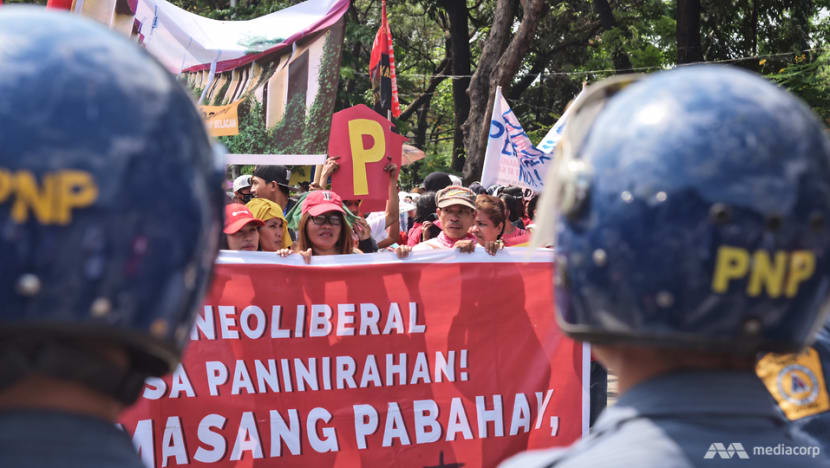
Police prevent demonstrators calling for more housing rights advancing further along a road towards the National Housing Authority. (Photo: Jack Board)
MANILA: Roaring up in front of the National Housing Authority, thousands of protestors completely block off traffic as they shout their demands. Dozens of police officers stand by, controlling the mob while standing in formation, batons on standby but not required.
Many of the demonstrators – most of whom are women – are angry; others seem bemused by the spectacle that they find themselves part of.
This is a mobilisation of the urban poor – there is no shortage of them in Metro Manila, as land prices continue soar and with it the number of informal settlers.
They have brought a fight of desperation to the street.
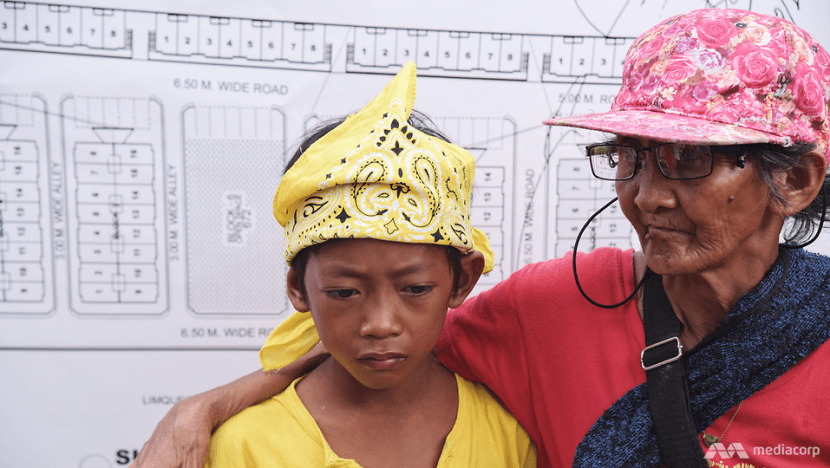
Many of these communities have been established for years in so-called danger zones in the metro – along polluted canals, near garbage dumps, along shorelines or anywhere that can provide some refuge for society’s poorest.
They have also occupied highly valuable land – both public and private – in parts of Metro Manila ripe for development. As a result, demolition of these “squatter colonies” happens regularly, in the name of progress. What comes in their place are normally mega malls and condominiums.
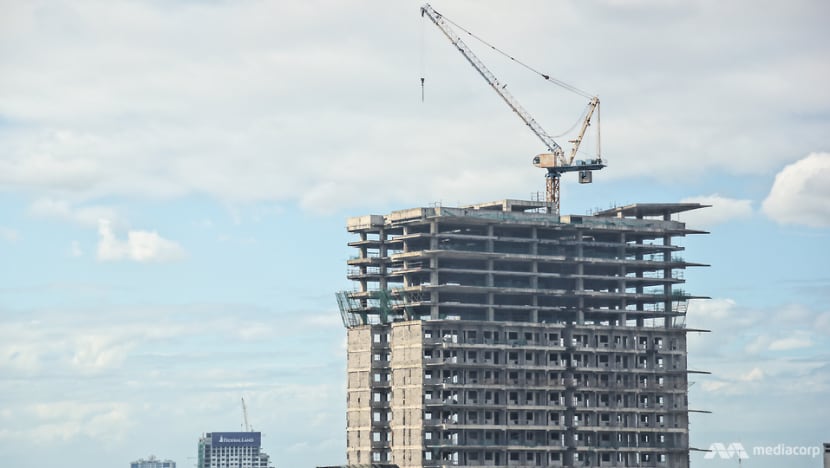
“The high rise construction is happening left and right. Whenever you see one, you will just imagine there have been people who have been displaced,” said Prof Hazel Dizon, an expert of urban landscapes from the University of the Philippines Diliman.
“This has been happening at a faster rate. In a way it’s a paradox because you are building condominiums but then you are displacing people.”
In 2010, the Metro Development Authority estimated there were 2.8 million informal settlers, out of a population of 11.9 million. Both figures are expected to have accelerated sharply since then.
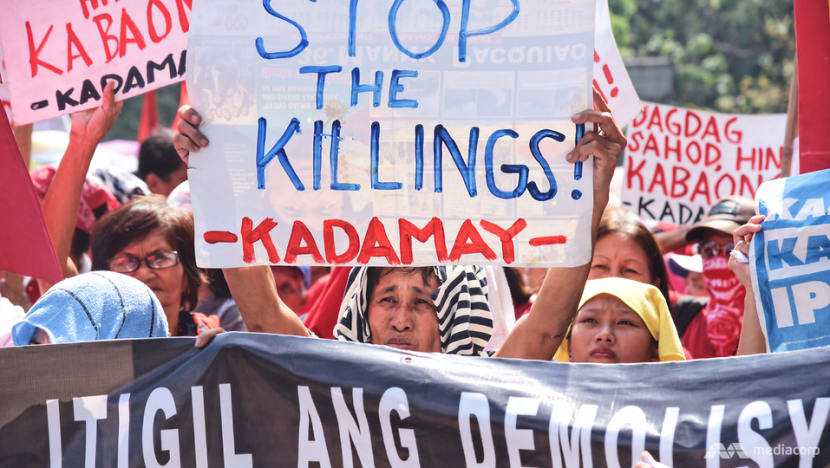
It is a situation she says is unacceptable.
“In the relocation site, there’s no food. Children steal food from others; most of the relocated people do that, that’s how they survive,” she said at the protest.
“You will steal from your own neighbour so that you have something to eat.”
The problems there are “classic” – a lack of services and opportunities, which in turn force people to return to wherever they came from to seek employment. It is an unhealthy cycle Manila has to contend with.
“If you’re going to resettle people you have to do it complete with the public utilities, electricity and water, school and hospitals and of course employment because that’s the main reason they were here in the first place,” Prof Dizon said.
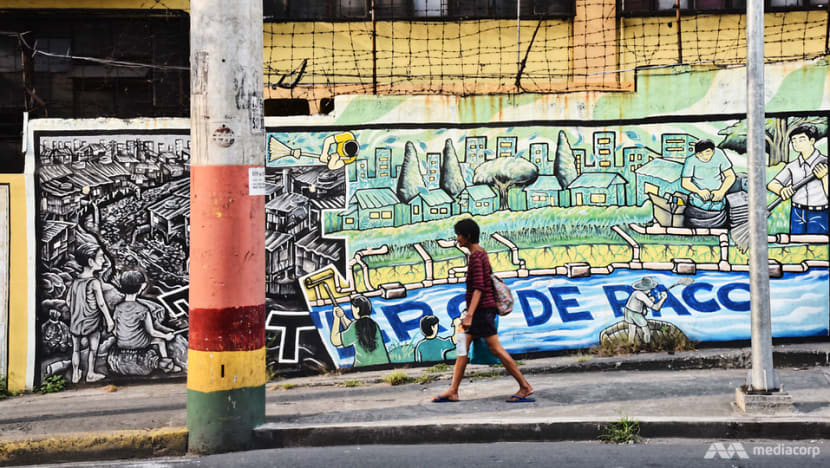
“You’re always playing catch up to a problem that should have been solved by thinking ahead,” he said. “Modernity is relative – we need to address just the basics first because once you address the basics you build a city that can accommodate equally.”
The government, however, is studying a proposal to create a city planning commission that would look into the feasibility of mass in-city housing projects for the urban poor.
It is what many evictees want – and possibly precisely what Manila needs.
‘WE’RE NOT GETTING MORE SPACE’
The idea has the support of the Heritage Conservation Society (HCS). The organisation’s president Mark Evidente believes such a concept would actually drive revenues for local government units and ensure that gentrification does not price out the very people who need housing the most.
HCS is also leading efforts to restore “value” in older parts of the city, which are often being used by informal settlers and seen as derelict. This type of privately owned land becomes a prime target for developers.
“All of these are at risk because land values are increasing and the home owner can derive much more from building a 50-storey condo on top of it,” said Mark Evidente, the organisation’s president.
“The owner himself would find it very hard to say no to a deal. Heritage becomes a very difficult proposition to protect.”
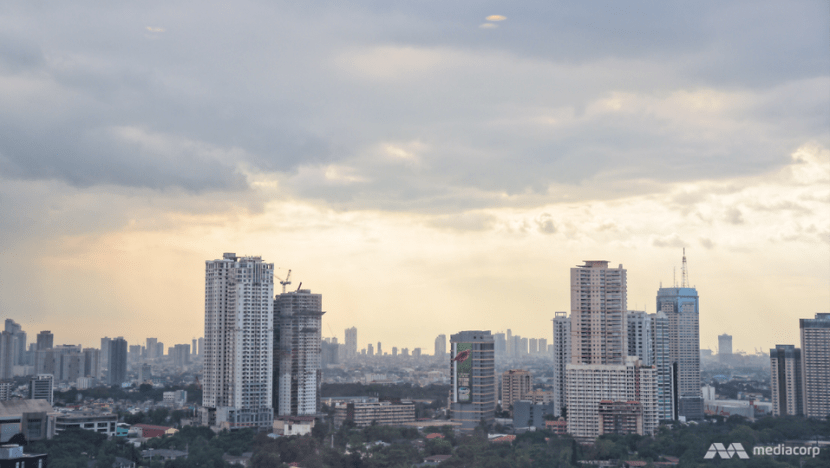
“If you lose your heritage structures, what makes your city or town different from the next one? If we manage to save our heritage structures then we can tell a story about our towns,” he said.
They are not the only ones trying to change the narrative. There is a growing movement to reclaim spaces to be used or enjoyed by the public. And art is central to the idea of a more sustainable future.
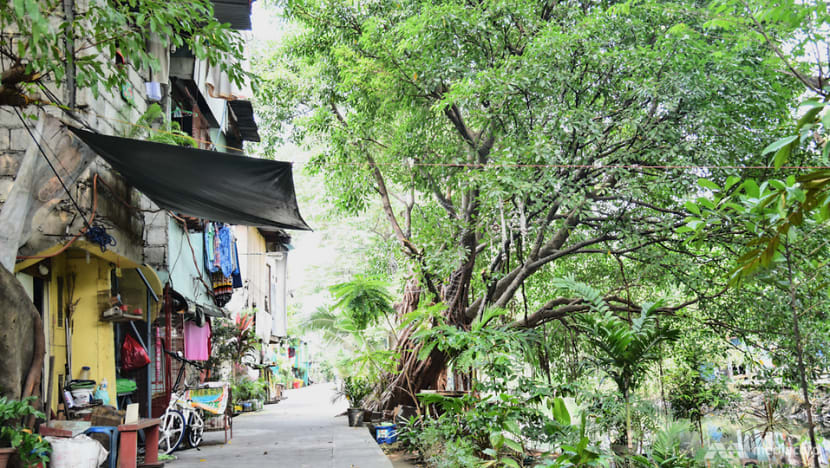
“Creative projects are very important in urban life, not just as a source of inspiration but also they add to our quality of life.”
She is leading a project to regenerate Pasig River, a major artery through Metro Manila that was traditionally a transport route and water source, but has become heavily polluted and neglected.
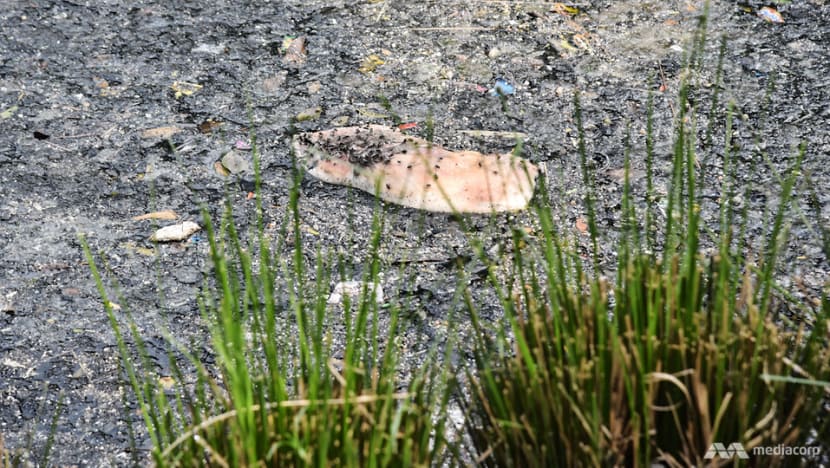
In a similar way, the artist-run space 98B COLLABoratory has set up its operations in the old downtown district of Escolta, an area that is rundown but slowly being revived by such alternate ventures.
The group’s executive director Marika Constantino believes they have the power to reach local residents, rather than push them away as the area gentrifies. “Accessibility is very important – the common misconception is that art is for the educated or the elite. We try and create projects that can engage the wider population,” she said.
When engaged, public restoration projects have already been proven to work in some residential areas. In Estero de Paco, a canal of “dark grime and filth” where “the stench of water sticks to your skin” has been transformed into a leafy waterside recreation area for local residents.
“River warriors”, a group of locals who clean up the small river daily are proud of their local environment, while others enjoy community gardens.

While the situation may not be perfect, it is something tangible for a poorer community to build upon. For them, it is far more valuable than any number of new malls.












